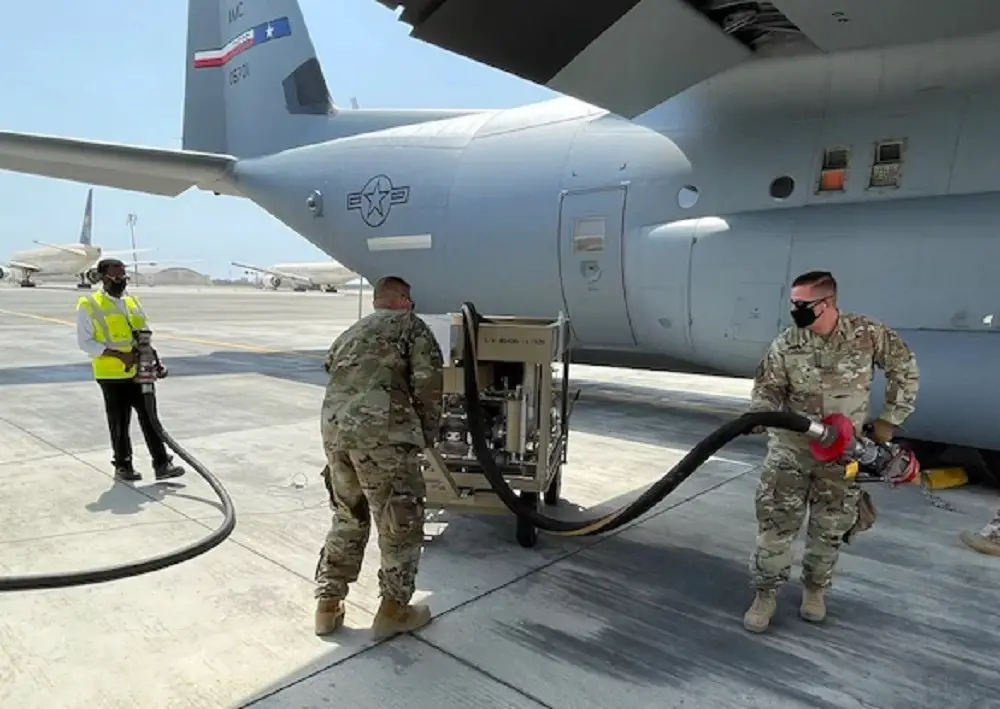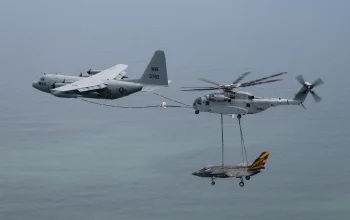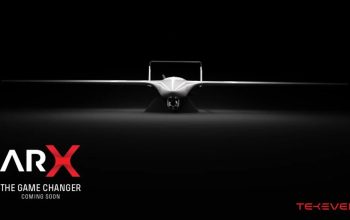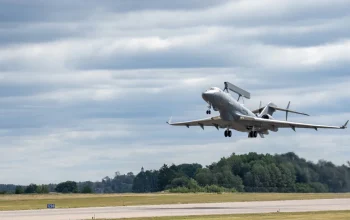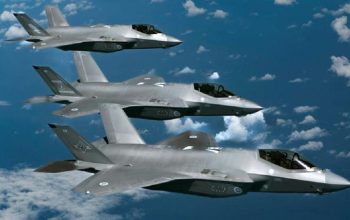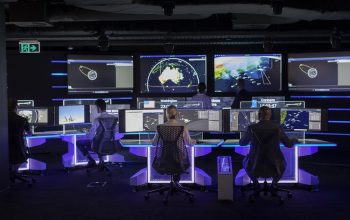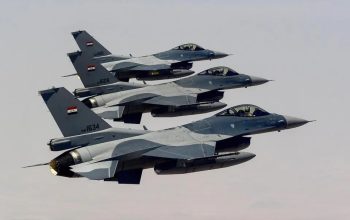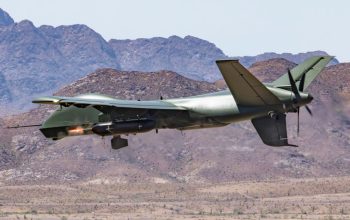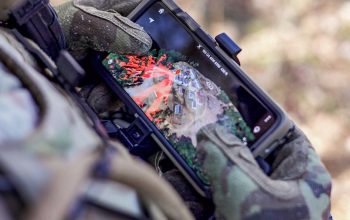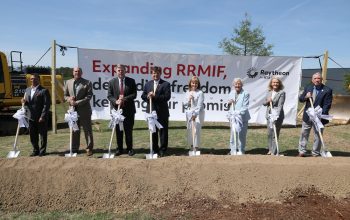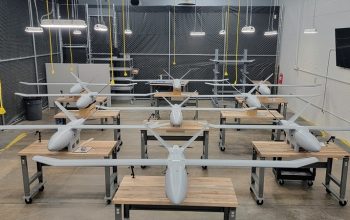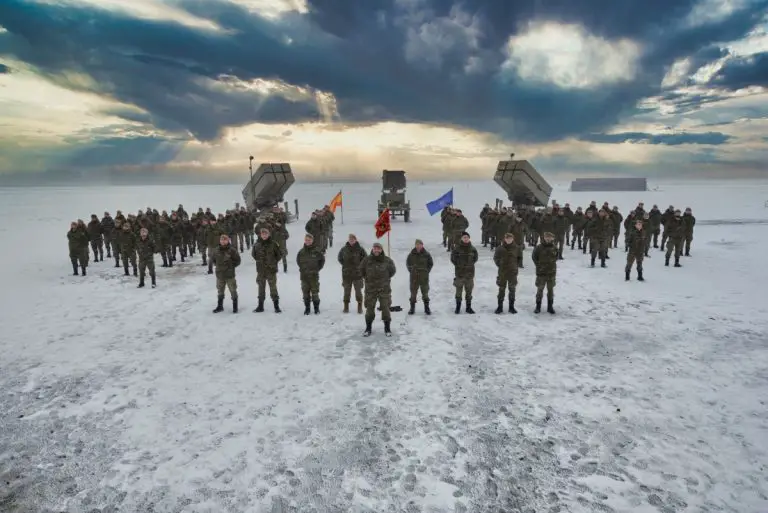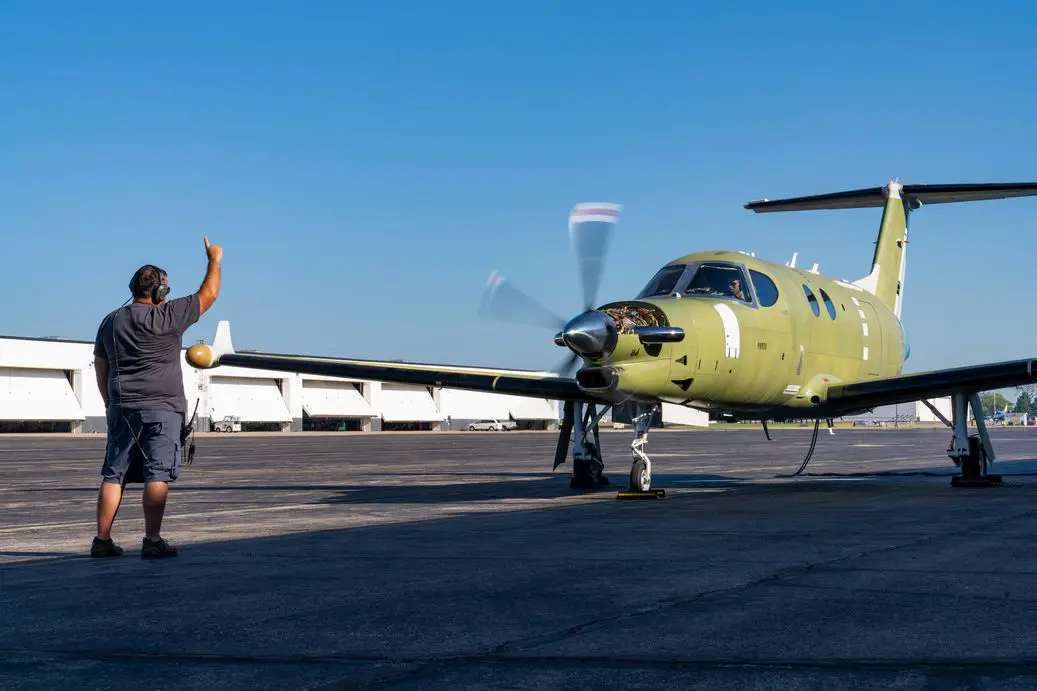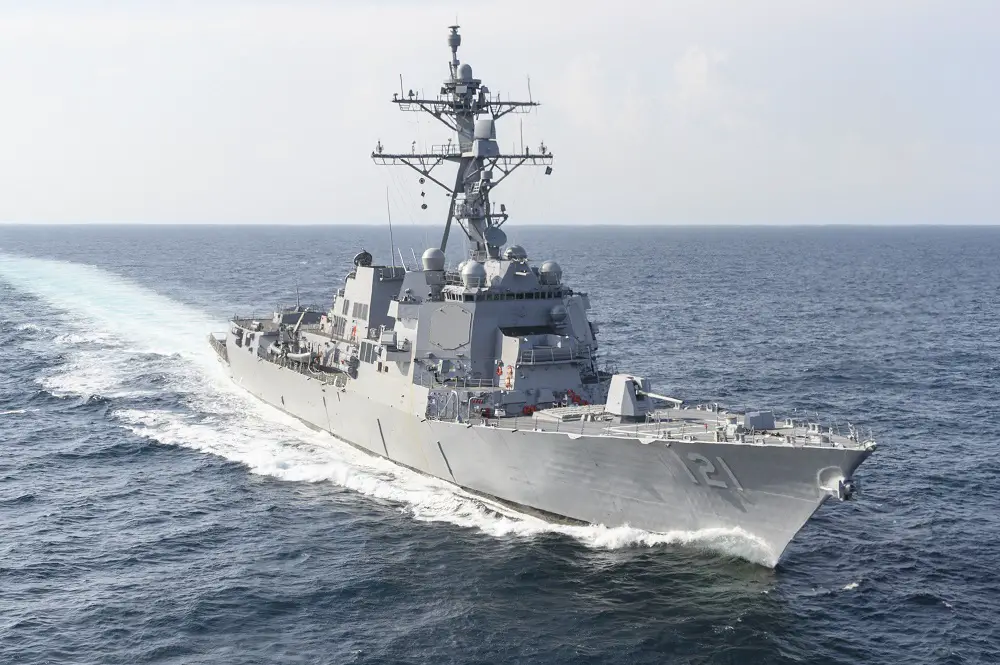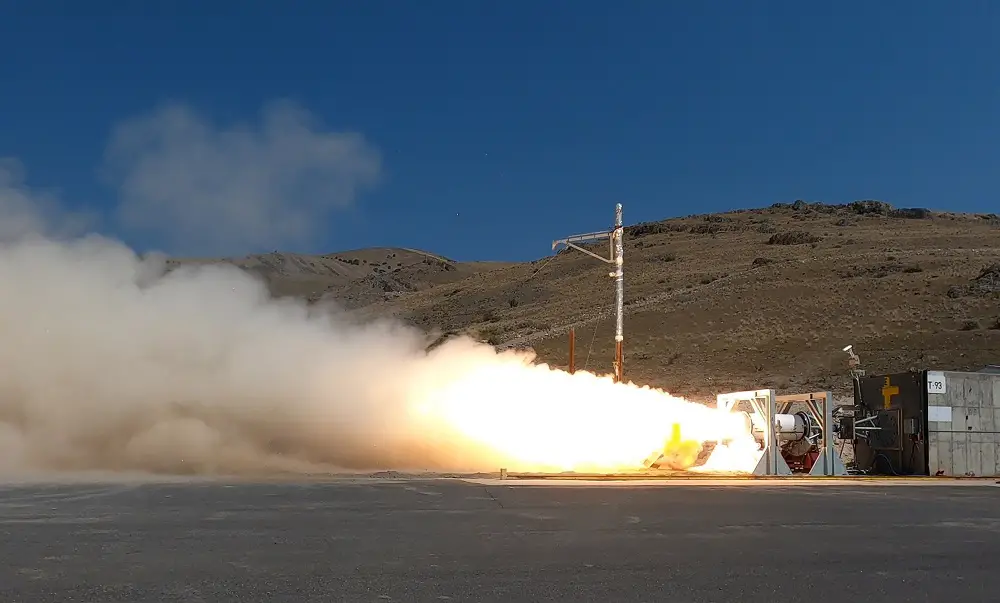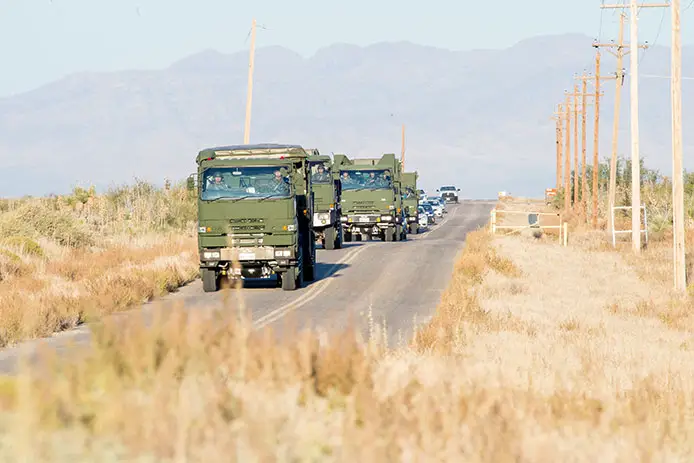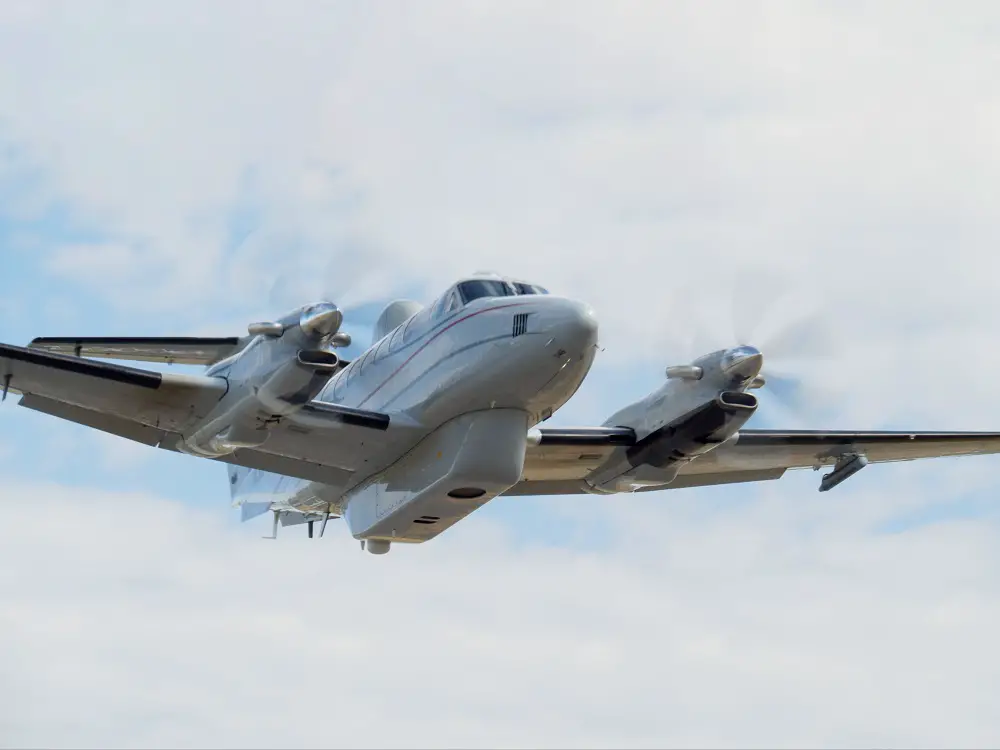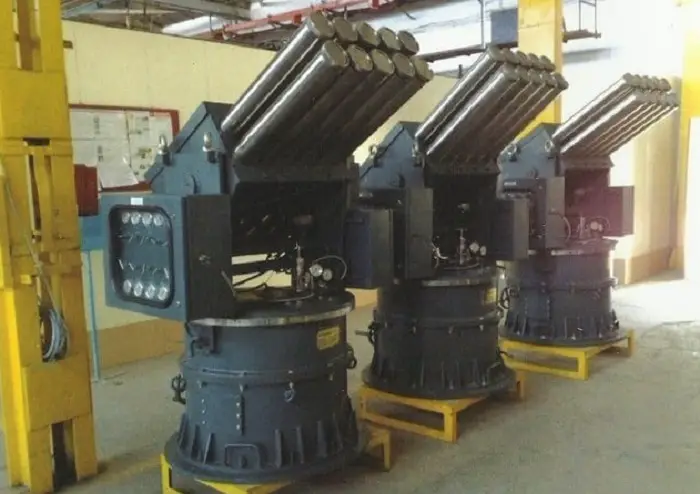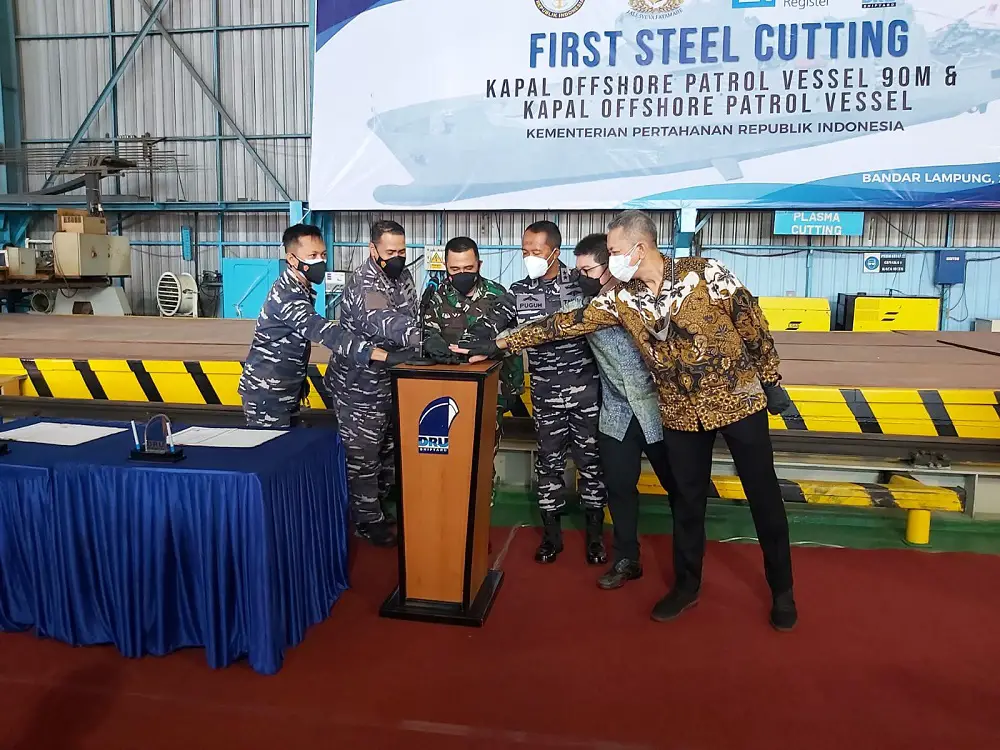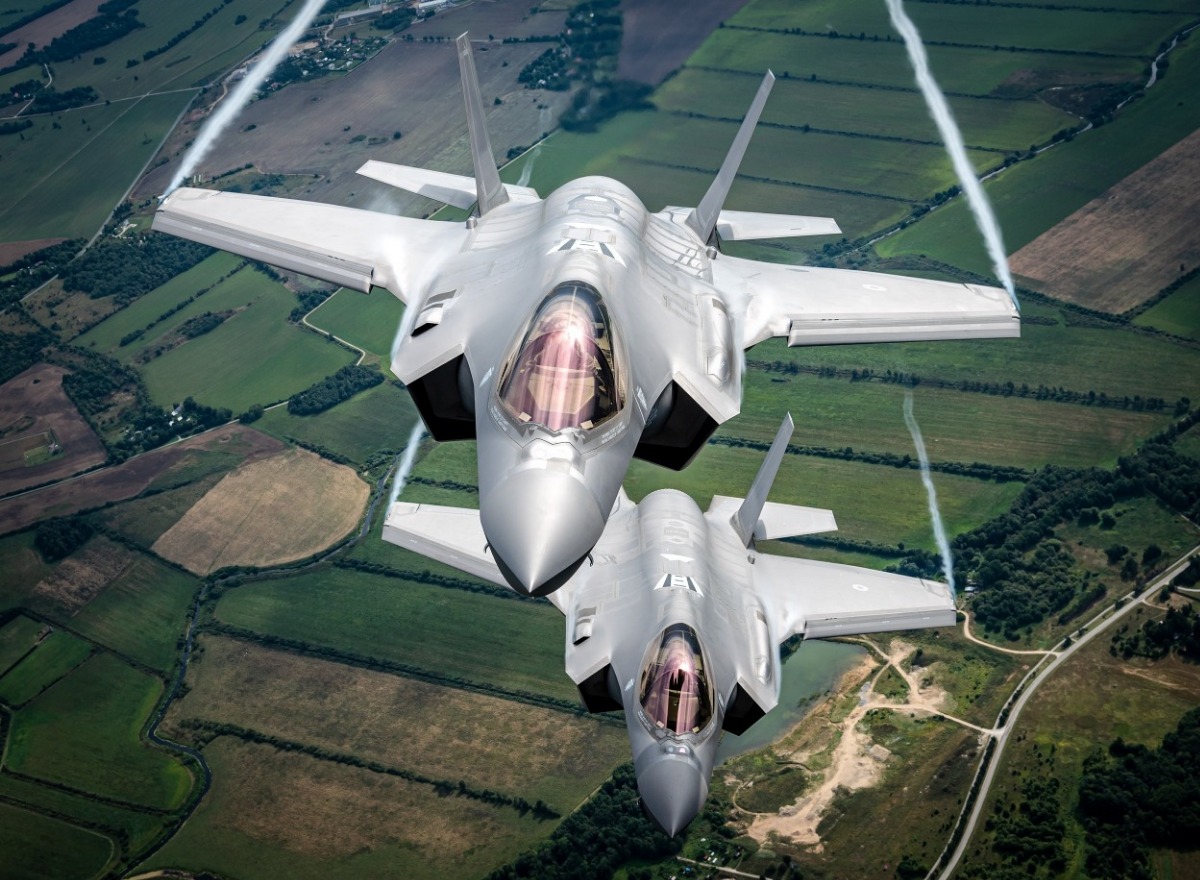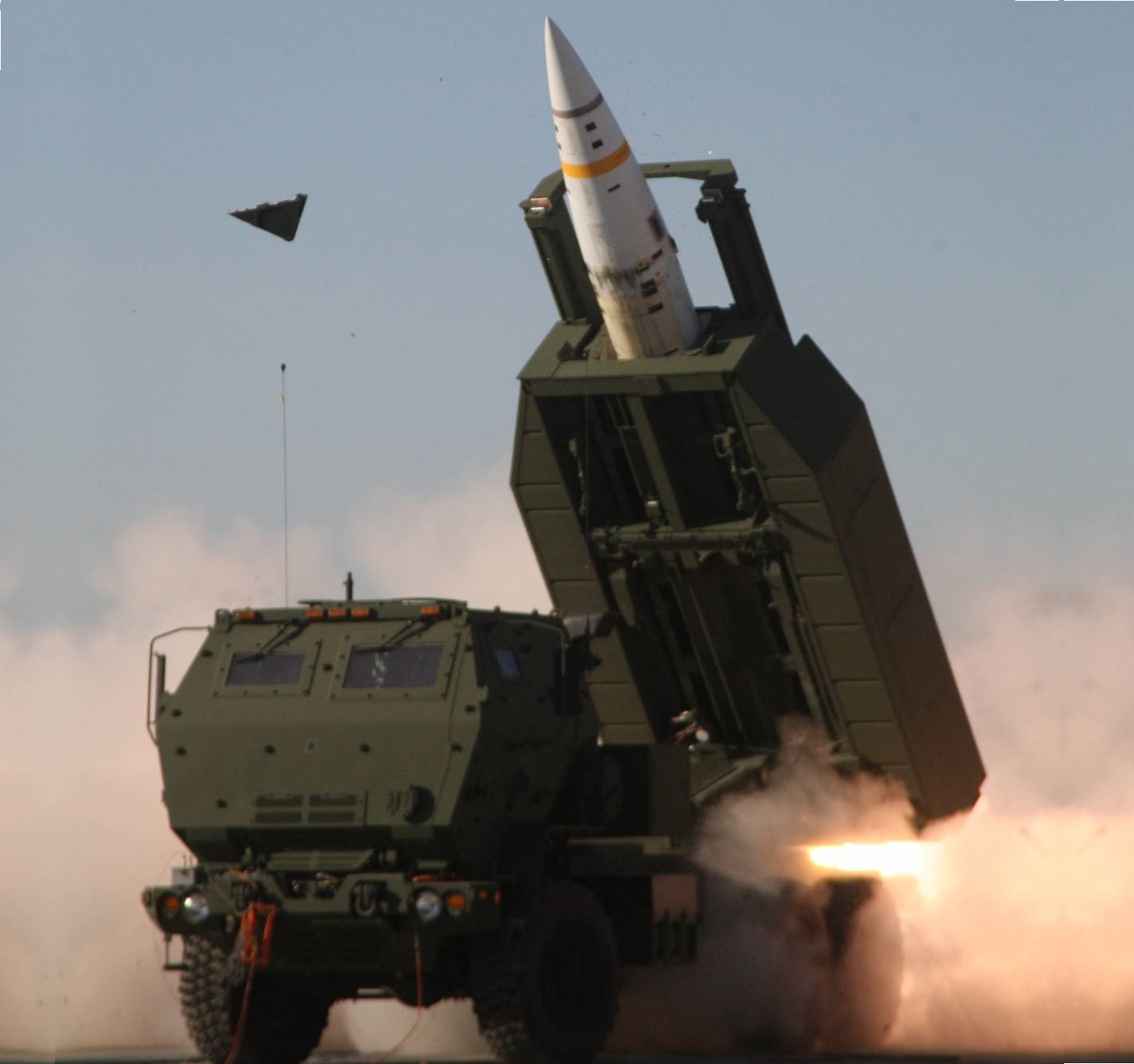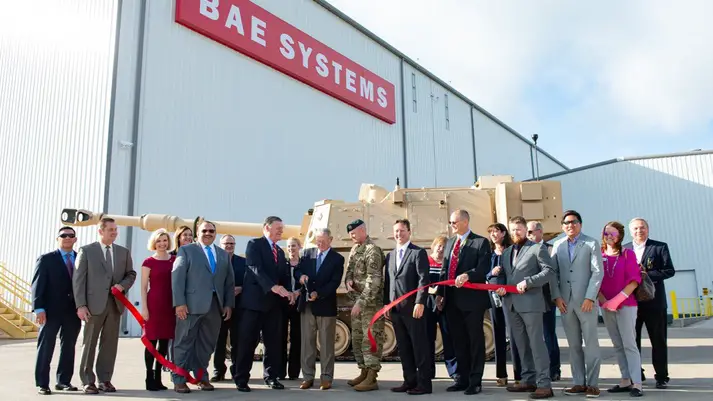Recently, members of the 379th Expeditionary Logistics Readiness Squadron (379th ELRS), in collaboration with U.S. Air Forces Central (USAFCENT), demonstrated the ability to convert commercial grade aircraft fuel into fuel ready-to-use for military aircraft at King Abdulaziz International Airport, Kingdom of Saudi Arabia (KSA). These members were able to do so by bringing back an initiative that was last used in the United States Air Force during the Vietnam War.
The 379th ELRS is able to do this by using a Fluid Powered Additive Injector Cart. The FPAIC is a piece of equipment that allows Airmen to inject additives into the commercial grade fuel in order to turn it into the type of fuel Air Force military aircraft run off of. By using this cart, the 379th ELRS enhanced mission essential operations in alignment with the U.S. Air Force’s Agile Combat Employment initiative.
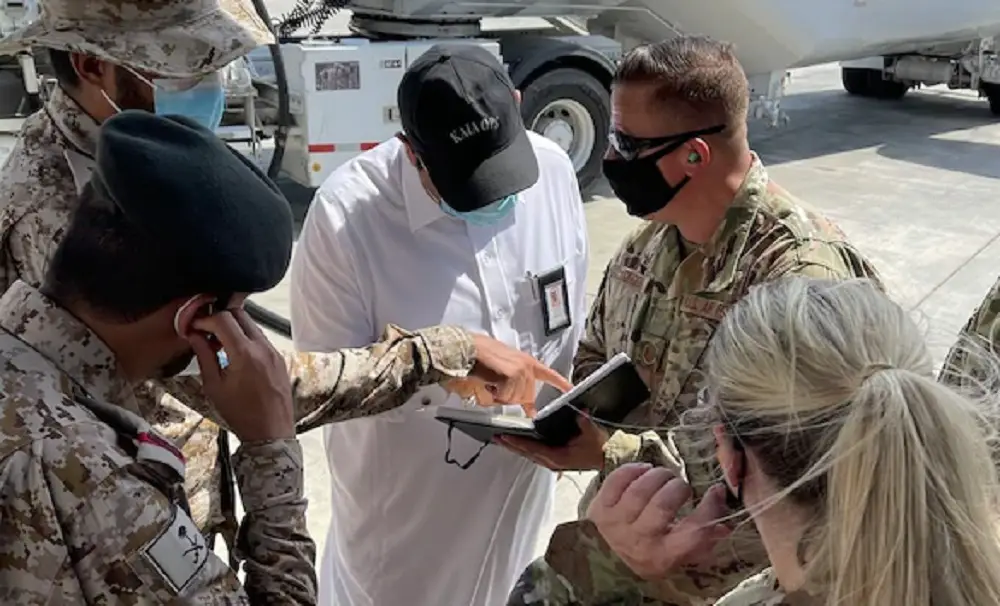
ACE is an operational concept that leverages networks of well-established and more austere locations, and aims to develop Airmen who are proficient in operations outside of their normal day-to-day duties. Processes like this contribute to the evolution of a force of multi-capable Airmen and aircrew, improving mission readiness and increasing capabilities in less than ideal environments. The 379th ELRS team had the pportunity to give an FPAIC demonstration to members of the Royal Saudi Air Force.
The Airmen were able to use the airport’s commercial mobile refueling truck and hydrant system, and in return they taught the RSAF members how to conduct the fuel conversion. Within two hours, the 379th ELRS Airmen were able to take commercial grade fuel from a commercial airport and use the FPAIC to turn it into military grade fuel ready to get aircraft off the ground, while teaching their Royal Saudi Air Force counterparts how the operation is done.The refueling concept validation will also help USAFCENT enhance flexible operations throughout the theater.
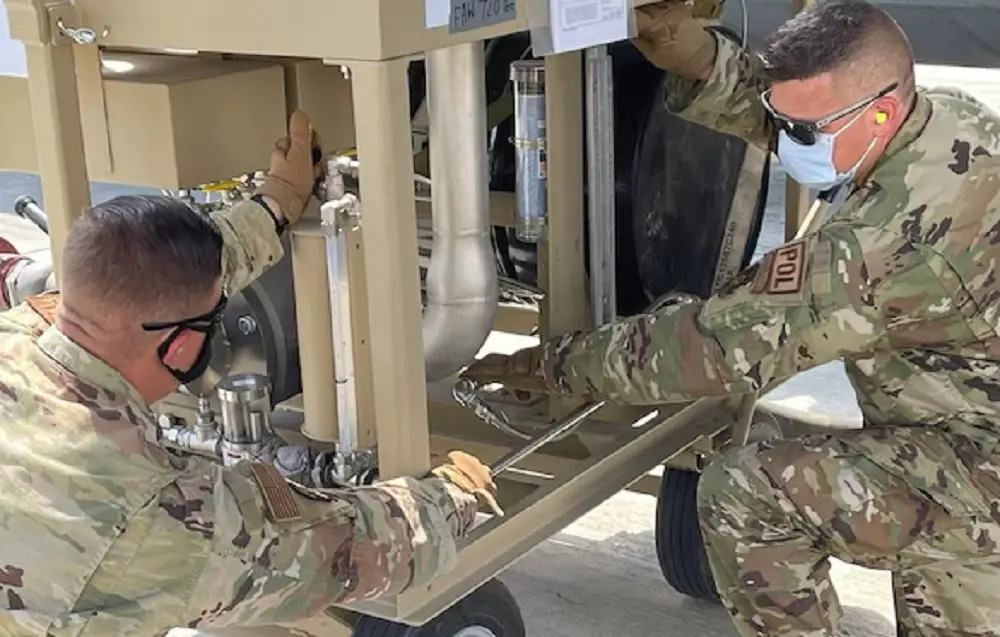
Jet A specification fuel has been used in the United States since the 1950s and is usually not available outside the United States and a few Canadian airports such as Toronto and Vancouver, whereas Jet A-1 is the standard specification fuel used in the rest of the world other than the former Soviet states where TS-1 is the most common standard. Both Jet A and Jet A-1 have a flash point higher than 38 °C (100 °F), with an autoignition temperature of 210 °C (410 °F).
JP-8, or JP8 (for “Jet Propellant 8”) is a jet fuel, specified and used widely by the US military. It is specified by MIL-DTL-83133 and British Defence Standard 91-87, and similar to commercial aviation’s Jet A-1, but with the addition of corrosion inhibitor and anti-icing additives. A kerosene-based fuel, JP-8 is projected to remain in use at least until 2025. It was first introduced at NATO bases in 1978. Its NATO code is F-34. (source Staff Sgt. Kylee Gardner, 379th Air Expeditionary Wing Public Affairs)
